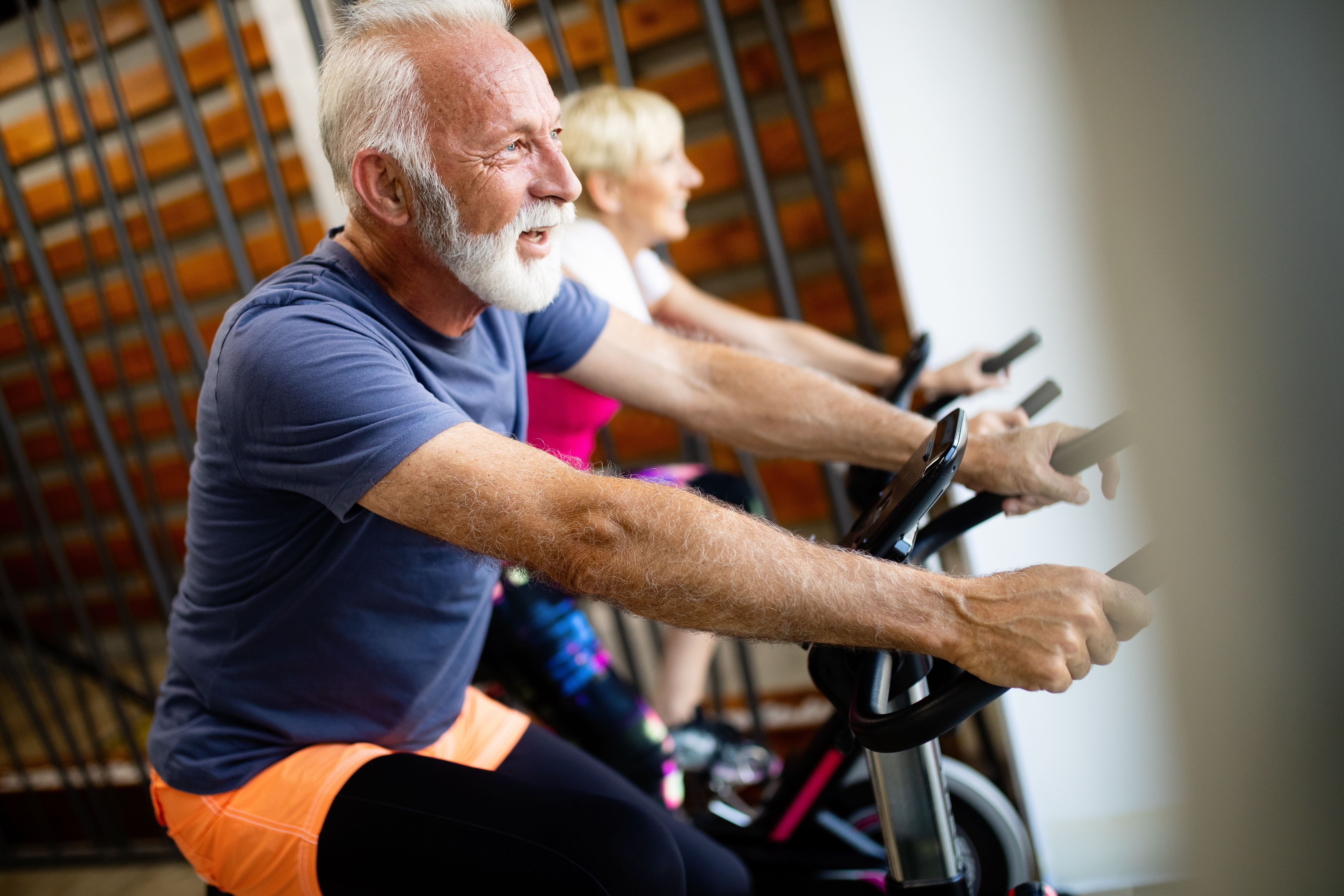Article
Exercising in Afternoon, Evening Confers Greatest Benefit on Insulin Resistance, Study Finds

Exercising in the afternoon or evening may confer the greatest amount of cardiometabolic benefit, according to a new study from Leiden University Medical Center.
An analysis of data from the Netherlands Epidemiology of Obesity (NEO) study, results indicate that afternoon or evening physical activity was associated with reduced insulin resistance when compared with an even distribution throughout the day, with investigators noting physical activity in morning hours provided no apparent benefits compared with evenly distributed physical activity.
“In addition to the total amount of daily MVPA, timing of MVPA during the day was associated with reduced insulin resistance: performing most MVPA in the afternoon or evening was associated with up to 25% reduced insulin resistance compared with an even distribution of MVPA during the day,” investigators added. “These results suggest that timing of physical activity throughout the day is relevant for the beneficial effects of physical activity on insulin sensitivity. Further studies should assess whether timing of physical activity is indeed important for the occurrence of type 2 diabetes.”
To test their hypothesis that the extent of insulin-sensitizing benefit from physical activity depends on timing of the activity, a team from Leiden University Medical Center sought to conduct a cross-sectional analysis with the intent of examining the associations of breaks in sedentary time and timing of physical activity with liver fat content and insulin resistance. With this in mind, investigators designed their study as an analysis of data from participants within the NEO study, which population-based, prospective cohort study conducted from 2008-2012 that investigated pathways leading to obesity-related diseases among adults aged 45-65 years living in the greater area of Leiden, Holland.
As part of their inclusion in the NEO study, the 775 participants chosen for the current study completed a questionnaire at home to report demographic, lifestyle and clinical information and also underwent a physical examination, which included anthropometry and blood sampling. Overall, the 775 chosen for inclusion had a mean age of 56 (SD, 4) years, a mean BMI of 26.2 (SD, 4.1) kg/m2, and 42% were men.
For the purpose of analysis, investigators categorized NEO study participants according to time period when they were most active, with these groups defined as being most active in the morning (06:00–12:00 hours), afternoon (12:00–18:00 hours) or evening (18:00–00:00 hours) or as engaging in moderate-to-vigorous-physical activity (MVPA) evenly distributed throughout the day. The primary outcome of interest for the investigators was associations between sedentary time, breaks and timing of MVPA with liver fat content and HOMA-IR, which was assessed using linear regression analyses with adjustment for demographic and lifestyle factors.
Upon analysis, results indicated total sedentary time was not associated with liver fat content or insulin resistance, but an association was observed between the amount of breaks in sedentary time and higher liver fat content. Investigators noted multiple associations were observed related to total MVPA and timing of MVPA with reduced insulin resistance but not with liver fat content. Specifically, investigators highlighted that, when compared to those with an even distribution of MVPA throughout the day, insulin resistance was similar (−3% [95% CI −25%, 16%]) to those most active in morning, but was reduced in participants who were most active in the afternoon (−18% [95% CI −33% to −2%]) or evening (−25% [95% CI −49% to −4%]).
“It could be that in our study the intensity of the activity during the breaks was too light to cause metabolic responses,” investigators added. “Most daily activities are of light intensity and because we did not observe an association between LPA and insulin resistance, this may also explain the lack of an association between breaks and insulin resistance.”
This study, “Timing of physical activity in relation to liver fat content and insulin resistance,” was published in Diabetologia.





